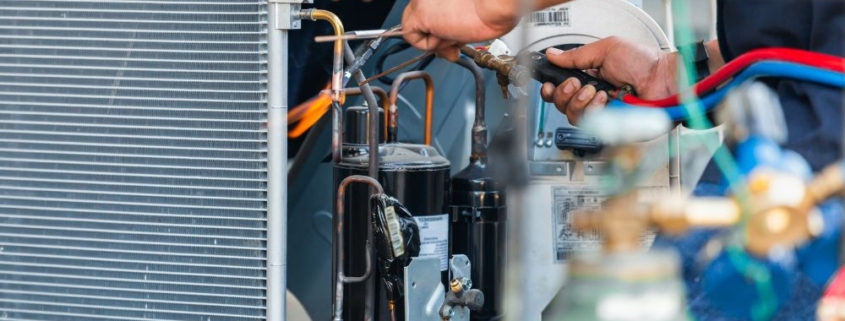How Many Watts Does a Window AC Use
Understanding the power consumption of a window AC unit is essential for managing electricity costs and ensuring proper electrical setup. Window air conditioners are common in homes and small offices. They combine cooling efficiency with compact design, but their energy usage varies depending on size, model, and usage patterns.
Power Consumption of Window AC Units
Window AC units are rated in watts, which measure the electrical power they consume. The exact power usage depends on the unit’s cooling capacity, usually expressed in British Thermal Units (BTU). For example, a unit with 5,000 BTU may use around 500 watts, while a 12,000 BTU unit can consume up to 1,500 watts.
Larger units with higher BTU ratings provide more cooling but require more electricity. Energy efficiency is also indicated by the Energy Efficiency Ratio (EER), calculated as BTU per watt. Units with higher EER use less power for the same cooling output. For instance, a 10,000 BTU window AC with an EER of 10 consumes about 1,000 watts, whereas a similar unit with an EER of 12 consumes roughly 833 watts.
Other factors affecting power consumption include fan speed, temperature setting, room size, insulation, and outdoor temperature. Running the unit at lower temperatures increases compressor work, leading to higher electricity use.
Average Electricity Usage
The average window AC unit consumes 500 to 1,500 watts per hour, depending on BTU and efficiency. If used for 8 hours per day, a 1,000-watt unit would use 8 kilowatt-hours (kWh) daily. Monthly usage can be calculated by multiplying daily kWh by the number of operating days. For instance, a 1,000-watt unit running 30 days for 8 hours daily would consume approximately 240 kWh per month.
Understanding wattage helps calculate electricity costs. If the local rate is $0.15 per kWh, the monthly cost for the unit above would be about $36. This calculation allows homeowners to plan energy use and budget effectively.
Factors That Influence Wattage
Room Size: Larger rooms require higher BTU units, which consume more power.
Insulation: Poor insulation increases cooling demand and energy consumption.
Temperature Setting: Lower thermostat settings make the compressor work harder, increasing wattage.
Unit Age and Maintenance: Older units with clogged filters or worn compressors consume more electricity.
Fan Speed: Higher fan speeds slightly increase power consumption, although most energy is used by the compressor.
Voltage Supply: Units designed for 110-120 volts differ slightly in wattage compared to 220-240 volts models, although cooling output remains similar.
Energy Efficiency Tips
Maintaining efficiency reduces energy use. Clean or replace filters regularly to prevent airflow obstruction. Seal windows and doors to reduce heat entry. Use energy-saving modes if available, which cycle the compressor more efficiently. Proper installation ensures the unit is level and vents are unobstructed, which minimizes power waste.
Using a smart plug or energy monitor can track real-time wattage and help optimize usage. Setting the temperature to 24–26°C (75–78°F) balances comfort with power savings.
FAQ
How many watts does a 5,000 BTU window AC use?
Approximately 500 watts per hour, depending on model efficiency.
Does a higher BTU mean more electricity usage?
Yes. Larger BTU units cool bigger spaces but consume more power.
How can I reduce electricity usage of a window AC?
Keep filters clean, use energy-saving mode, set moderate temperatures, and ensure proper insulation.
Is wattage the same as amperage?
No. Wattage measures power, while amperage measures current. Power can be calculated as Watts = Volts × Amps.
Can a window AC unit run on solar power?
Yes, if the solar system can supply sufficient watts to meet the unit’s power requirement, typically 500–1,500 watts depending on size.
Conclusion
The wattage of a window AC unit varies from 500 to 1,500 watts, depending on BTU rating, efficiency, and usage conditions. Understanding wattage helps estimate electricity consumption and costs, plan for electrical capacity, and implement energy-saving measures.
Monitoring power use, maintaining the unit, and using efficient settings ensures reliable cooling while minimizing electricity bills. Proper installation and routine maintenance further enhance efficiency, reduce strain on the compressor, and extend the life of the window AC unit. Accurate knowledge of wattage allows homeowners to balance comfort, energy use, and cost effectively.



